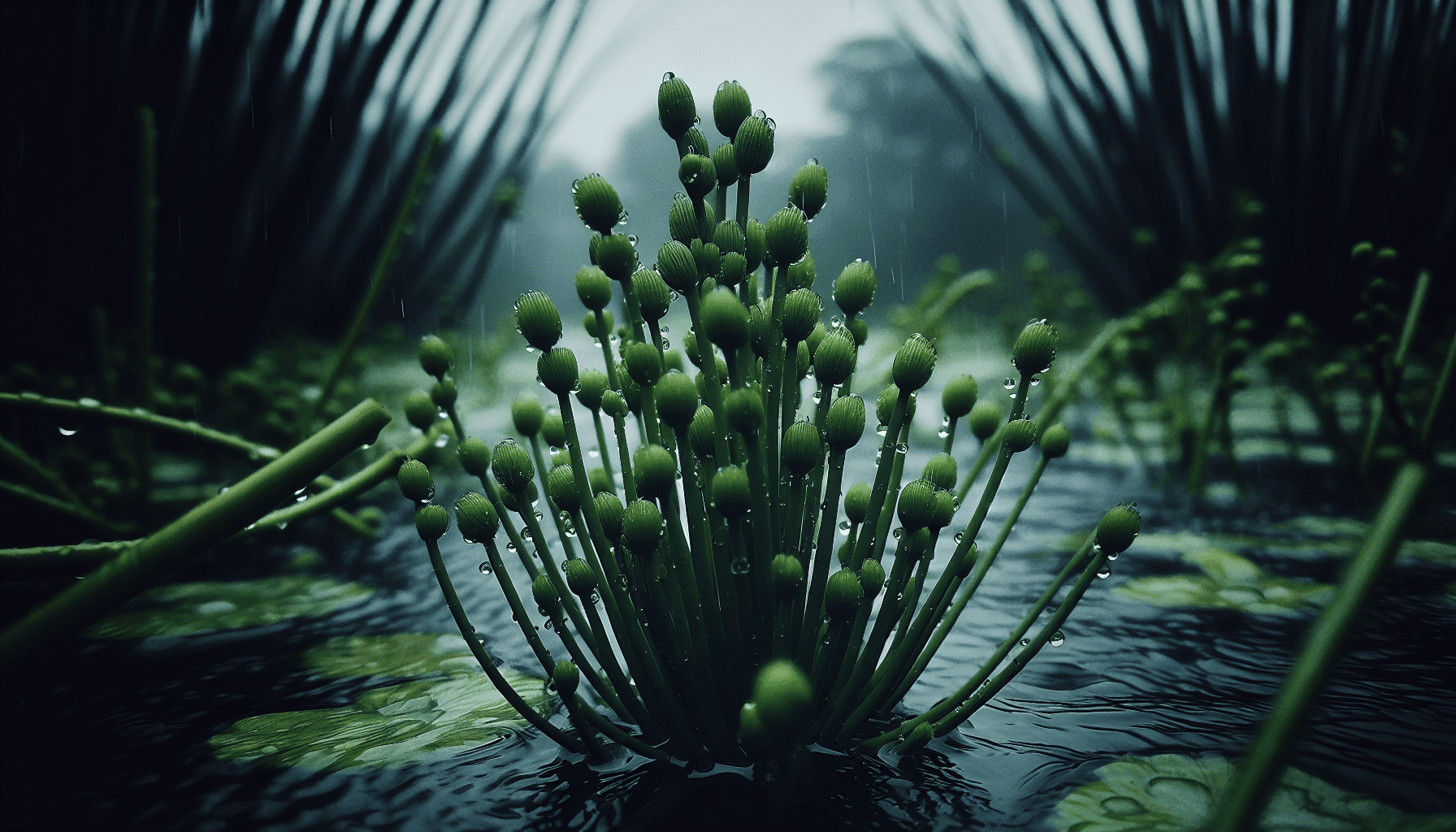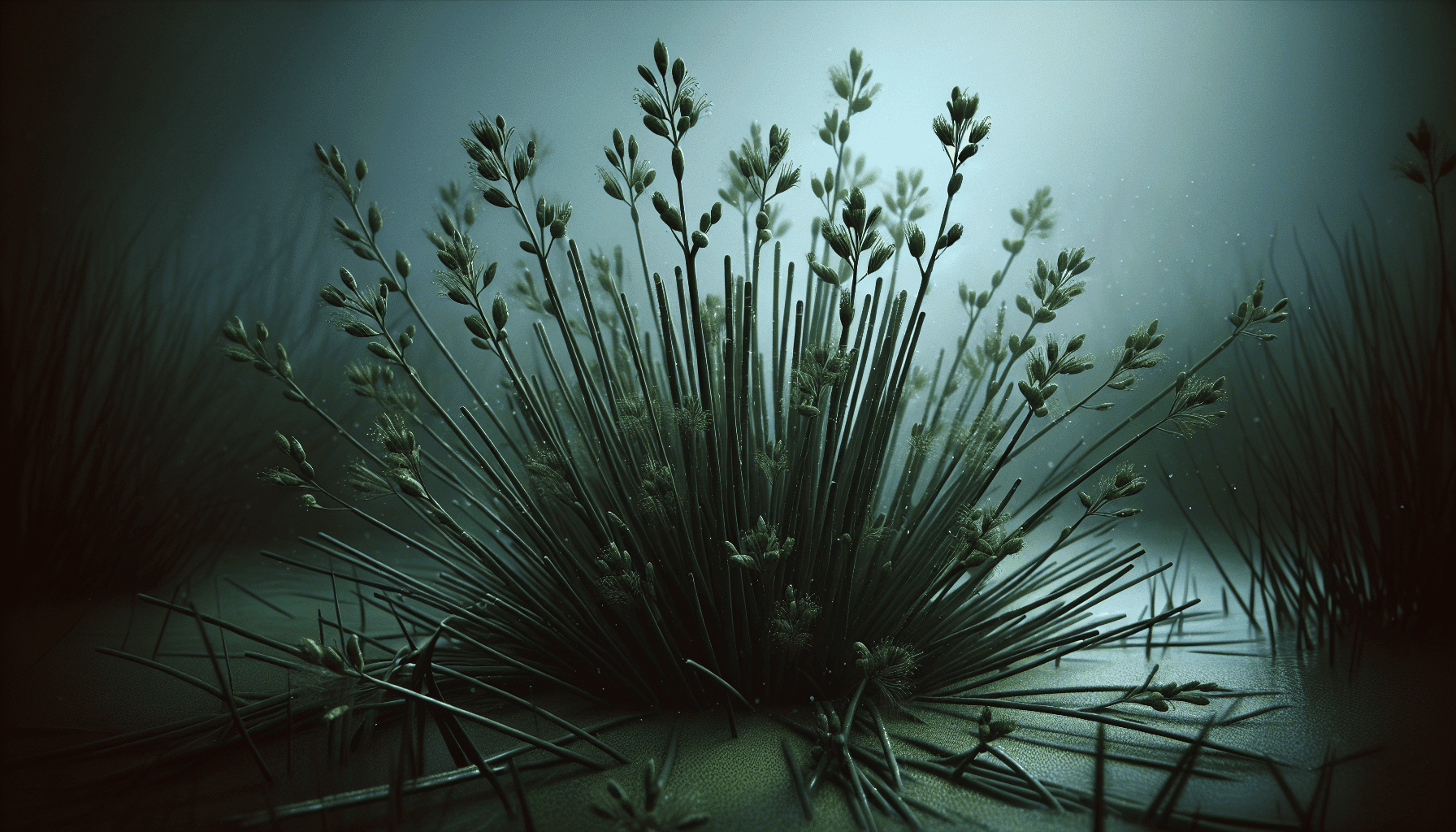In this scholarly examination, you will develop a comprehensive understanding of a specific aquatic weed, Juncus Balticus Subsp. Mexicanus. This extensive analysis is designed to enlighten you on its identification, characteristic traits, ecological significance, and impact upon diverse water ecosystems. The intricate world of aquatic biology awaits your attention as you explore the distinctive facets of Juncus Balticus Subsp. Mexicanus, a crucial player within its ecological niche, and an intriguing subject of continual scientific scrutiny. With a solid foundation of knowledge, you can readily recognize and appreciate this unique life form in your further studies or field observation.

Definition of Juncus Balticus Subsp. Mexicanus
Juncus Balticus Subsp. Mexicanus, also known as Mexican rush, is a specific subspecies of the plant family Juncaceae. It is a perennial, herbaceous plant primarily located in aquatic or semiaquatic habitats.
Biological classification
From a taxonomical perspective, this aquatic weed falls under the kingdom of Plantae. The family it belongs to is Juncaceae which is principally composed of rushes. The genus is Juncus, and the specific epithet or species is Balticus. The subspecies, further distinguishing this aquatic weed, is Mexicanus. Therefore, its scientific nomenclature is Juncus Balticus Subsp. Mexicanus.
Indigenous region and habitats
Interestingly, despite its name, Juncus Balticus Subsp. Mexicanus is not exclusive to Mexico. Its native range extends more broadly to encompass parts of North and South America. Generally, it is found in wetland habitats, notably freshwater marshes, ponds and stream edges.
Physical characteristics
Juncus Balticus Subsp. Mexicanus is characterized by its tall, slender and rounded stems, which can reach up to a meter in height. Its stalks, which are generally hollow, end in small clusters of brownish flowers. Their rhizomes, or underground stems, facilitate their spread in suitable habitats.
Historical background of Juncus Balticus Subsp. Mexicanus
Tracing its lineage provides an intriguing insight into the evolutionary history of this plant.
Geographical distribution
This aquatic plant has a widespread geographical distribution, present not only across both the American continents but also extending to parts of Eurasia.
Origin and evolution
The exact origin of Juncus Balticus Subsp. Mexicanus remains a topic of scientific research. However, it is believed to have evolved from ancestral species in response to variable environmental and climatic conditions.
Relative species and subspecies
The Juncus genus to which this plant belongs is quite diverse, with over three hundred recorded species. Juncus Balticus, the immediate species to which this subspecies belongs, also has other subspecies apart from Mexicanus.
Ecology and Habitats of Juncus Balticus Subsp. Mexicanus
This plant displays a high level of adaptability to varying environmental conditions.
Preferred environmental conditions
While it inhabits a wide range of climates, it predominantly thrives in environments with high soil moisture levels.
Associated flora and fauna
This aquatic weed frequently coexists with other plant species in wetland environments, such as bulrushes, cattails, and sedges. It also provides a crucial habitat and food source for various fauna, including insects, birds, and aquatic mammals.
Sensitivity to changes in the environment
Despite its adaptive characteristics, Juncus Balticus Subsp. Mexicanus is sensitive to certain changes in the environment, such as excessive drainage or pollution, which impact its prevalence and growth.

Importance and Uses in Ecology
Its ecological role is multifaceted and deeply intertwined with the health of wetland environments.
Role in wetland ecosystems
As a constituent of wetland plant communities, this species plays an important role in nutrient cycling, soil stabilization and providing habitats for a variety of species.
Influence on water quality
The presence of this aquatic weed can significantly influence water quality. Its rhizomes help to filter water impurities, thereby regulating nutrient levels.
Contribution to biodiversity
By providing a habitat and food source for insects, birds, and aquatic mammals, it significantly contributes to biodiversity in wetland areas.
Potential as an Invasive Species
However, in certain circumstances, Juncus Balticus Subsp. Mexicanus may become invasive.
Invasive characteristics
If introduced into environments outside of its native range, it can rapidly colonize and overtake the local flora due to its competitive nature.
Impacts on native ecosystems
Invasive infestations can have potentially detrimental impacts on native ecosystems, altering habitats and reducing biodiversity.
Methods of spread and diffusion
The spread of Juncus Balticus Subsp. Mexicanus occurs both through seed dispersal and vegetative propagation from segment of the rhizome.
Cultivation and Management
While it comes with its set of challenges, the aquatic weed can be propagated and managed effectively.
Optimal growing conditions
Juncus balticus Subsp. mexicanus prefers moist or swampy soil with plenty of sunlight.
Harvesting and propagation
Propagation typically occurs by planting sections of the rhizome in conditions that imitate its natural habitat.
Pest and disease management
At present, there are no significant pests or diseases associated with Juncus Balticus Subsp. Mexicanus.
Conservation Status
Its conservation status is largely influenced by changes in its natural habitats.
Current conservation status
While not currently listed as threatened or endangered, the health of its wetland habitats can influence its conservation status.
Threats to survival
Drainage of wetlands, pollution, and habitat destruction are major threats to the survival of this plant.
Conservation strategies
Establishing protected wetland areas and reducing pollutants are key strategies for conserving this species.
Potential Applications and Uses
Juncus Balticus Subsp. Mexicanus has a diverse array of potential uses.
Medicinal use
Anecdotal evidence suggests potential medicinal uses, although this requires further scientific inquiry and verification.
Use in aquatic gardening
Due to its aesthetically appealing growth habit, it is often used in aquatic gardening and landscape designs.
Commercial exploitation
The rapid growth and dense cover offered by Mexican rush make it a potential candidate for biomass production and other commercial exploitation.
Impact of Climate Change on the Juncus Balticus Subsp. Mexicanus
Predicted changes in climate conditions may pose challenges to the survival and distribution of this plant.
Expected impact of rising temperatures
While Juncus Balticus Subsp. Mexicanus shows some tolerance to varying temperatures, extreme heat may hamper growth and propagation.
Effect of changing precipitation patterns
Changes in rainfall patterns could affect the availability of its preferred wetland habitats, potentially restricting its geographic distribution.
Adaptation to climate change
Ongoing research is assessing the potential adaptive capacity of this plant in the face of global climate change.
Future Research Directions
Continued research into this interesting plant holds promise for multiple ecological and economic benefits.
Areas requiring further study
Areas necessitating further study include the complete understanding of its evolutionary history, medicinal applications, invasive potential in non-native areas and methods to contain its spread.
Potential for genetic modification
Genetic modification could potentially enhance desired characteristics or increase its resilience to changing environmental conditions.
Contribution to the development of sustainable aquatic farming
With its preference for wet environments and capacity for rapid growth, Juncus Balticus Subsp. Mexicanus could contribute to the development of sustainable aquatic farming systems, although this is yet to be thoroughly researched and developed.